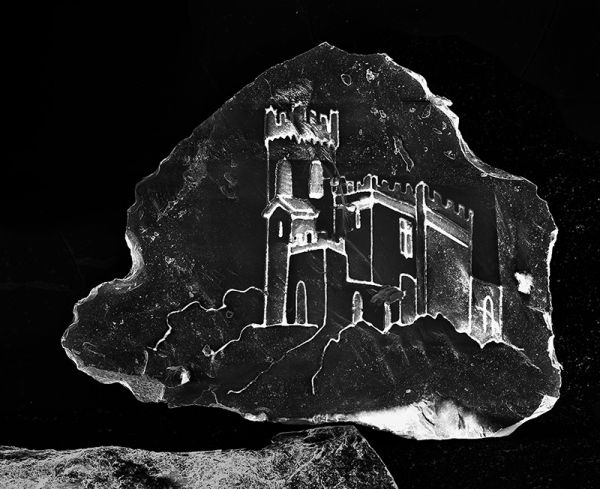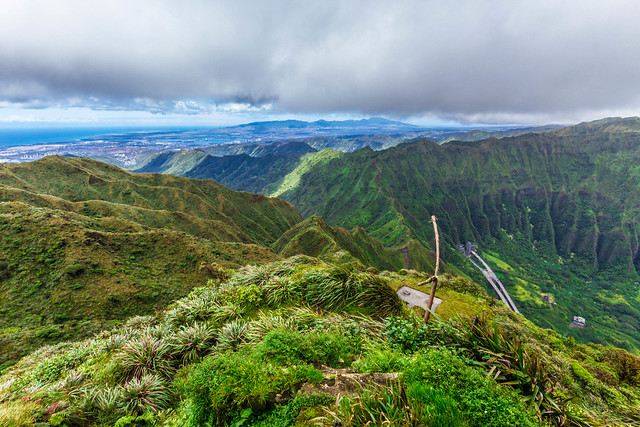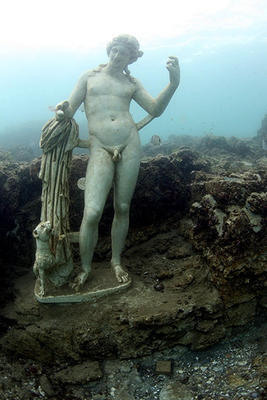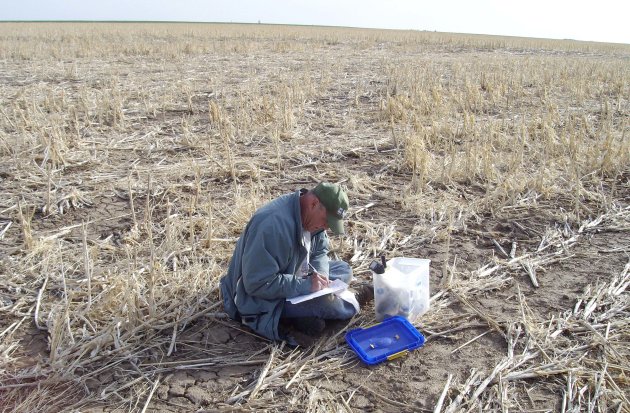It's Man-Made and Natural Wonders
Carolina Naturally is read in 196 countries around the world daily.
Today is - National Walking Day
Don't forget to visit our sister blog: It Is What It Is
Some of our reader today have been in:
The Americas
Winnipeg,
Ottawa, Britannia, Joliette, Vancouver, Regina, Saint-Elzear, Edmonton,
Thunder Bay, Guelph, Prince Albert, Pikangikum, Sioux Lookout, Calgary,
Fort Nelson, Saint John's and Mississauga, Canada
Nantuckett, Des
Moines, Ocala, Joshua Tree, Bonita Springs, South San Gabriel, Sioux
Falls, Kailua, Puyallup and Eau Claire, United States
Villa Maria, Argentina
San Juan, Puerto Rico
Philipsburg, Sint Maartin
Bogota and Cali, Colombia
Montevideo, Uruguay
Porto Alegre, Rio De Janeiro and Sao Paulo, Brazil
Managua, Nicaragua
Tijuana, Mexico
Caracas, Venezuela
Europe
Genoa, Ivrea, Rome, Naples, Ravenna and Milan, Italy
Cadiz, Barcelona, Badalona, Bilbao and Madrid, Spain
Vladivostok, Moscow, Chelyabinsk and Novgorod, Russia
Frankfurt Am Main, Nuremberg, Stuttgart, Eschborn, Hamburg and Dusseldorf, Germany
Athens, Greece
London, Woking, Leeds, Liverpool and Leicester, England
Limerick, Dublin and Cork, Ireland
Mostar and Sarajevo, Bosnia and Herzegovina
Luxembourg, Luxembourg
Kedzierzyn-Kozle, Lodz, Gdynia and Kielce, Poland
Vilnius, Lithuania
Veliko Turnovo, Bulgaria
Mol and Brussels, Belgium
Bucharest and Slatina, Romania
Sevnica, Slovakia
Paris, Rouen and Nice, France
Ostrava, Czech Republic
Kista, Sweden
Kiev and Kharkiv, Ukraine
Deinum and Amsterdam, Netherlands
Bern, Switzerland
Ljubljana, Slovenia
Nokia, Finland
Riga, Latvia
Budapest, Hungary
Asia
Kolkata, Bangalore, Patna, Bikaner, Bhubaneshwar, New Delhi, Shillong, Coimbatore and Pune, India
Taizz and Al Hudaydah,Yemen
Denpasar, Jakarta, Banjar Gunungpande and Kebon, Indonesia
La Dagotiere and Port Louis, Mauritius
Doha, Qatar
Bayan Lepas, Kuala Lumpur, Sibu, Kuching and Kota Kinabalu, Malaysia
Thanh Pho Ho Chi Minh and Hanoi, Vietnam
Guangzhou, China
Tehran, Iran
Colombo and Kandy, Sri Lanka
Dubai, United Arab Emirates
Nagoya, Japan
Muscat, Oman
Africa
Calabar, Algeria
Cairo, Egypt
Johannesburg, Pretoria, Durban, Berea and Cape Town, South Africa
The Pacific
Sydney, Australia

































